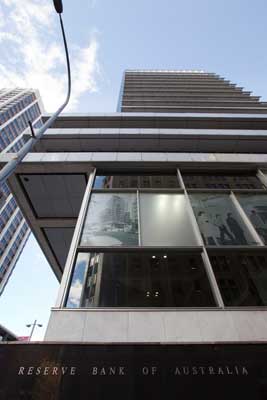New Financial Stability Standards for Securities Settlement Facilities

Following a public consultation, the Reserve Bank of Australia has decided to increase the settlement activity threshold under the Financial Stability Standards for Securities Settlement Facilities (SSF Standards) to achieve a better balance between the risks posed by small firms to the financial system and the regulatory burden imposed on them. The review of the settlement activity threshold in the SSF Standards was initiated following the Payments System Boards meeting in November 2023.
The SSF Standards will not apply to a clearing and settlement (CS) facility licensee that settles less than $40 billion of financial obligations through the facility in a financial year; this threshold was previously $200 million. The new threshold is equivalent to around 1 per cent of total annual settlement activity for Australian equity securities and less than 1 per cent of total annual settlement activity for Australian debt securities.
In accordance with section 827D of the Corporations Act 2001 (the Act), the RBA has implemented the changes to the settlement activity threshold under the SSF Standards by:
- revoking the existing SSF Standards, pursuant to section 827D(8) and of the Act, with effect on 24 June 2024; and
- determining new SSF Standards, pursuant to section 827D(1) of the Act. The new SSF Standards are in the same terms as the existing SSF Standards, other than the necessary changes to the settlement activity threshold contained in paragraph (a) of the Introduction section. The new SSF Standards will come into effect on 24 June 2024.
Background
The RBA and ASIC are co-regulators of licensed CS facilities and have separate, but complementary, responsibilities for the licensing and supervision of CS facilities licensed under Part 7.3 of the Act.
The Reserve Bank of Australia has the power, under subsection 827D(1) of the Act, to determine financial stability standards for the purpose of ensuring that CS facility licensees conduct their affairs in a way that causes or promotes overall stability in the Australian financial system. In accordance with this power, the Bank has determined two sets of financial stability standards:
- the Financial Stability Standards for Central Counterparties (CCP Standards); and
- the Financial Stability Standards for Securities Settlement Facilities (SSF Standards).
The RBA may conduct assessments of how well each CS facility licensee is meeting their statutory obligations to comply with those standards and to do all other things necessary to reduce systemic risk.
ASIC has separate, but complementary, responsibilities for the licensing and supervision of CS facility licensees. These responsibilities include supervising each CS facility licensees compliance with the obligation to do all things necessary to ensure that the facilitys services are provided in a fair and effective way, to the extent it is reasonably practicable to do so.

